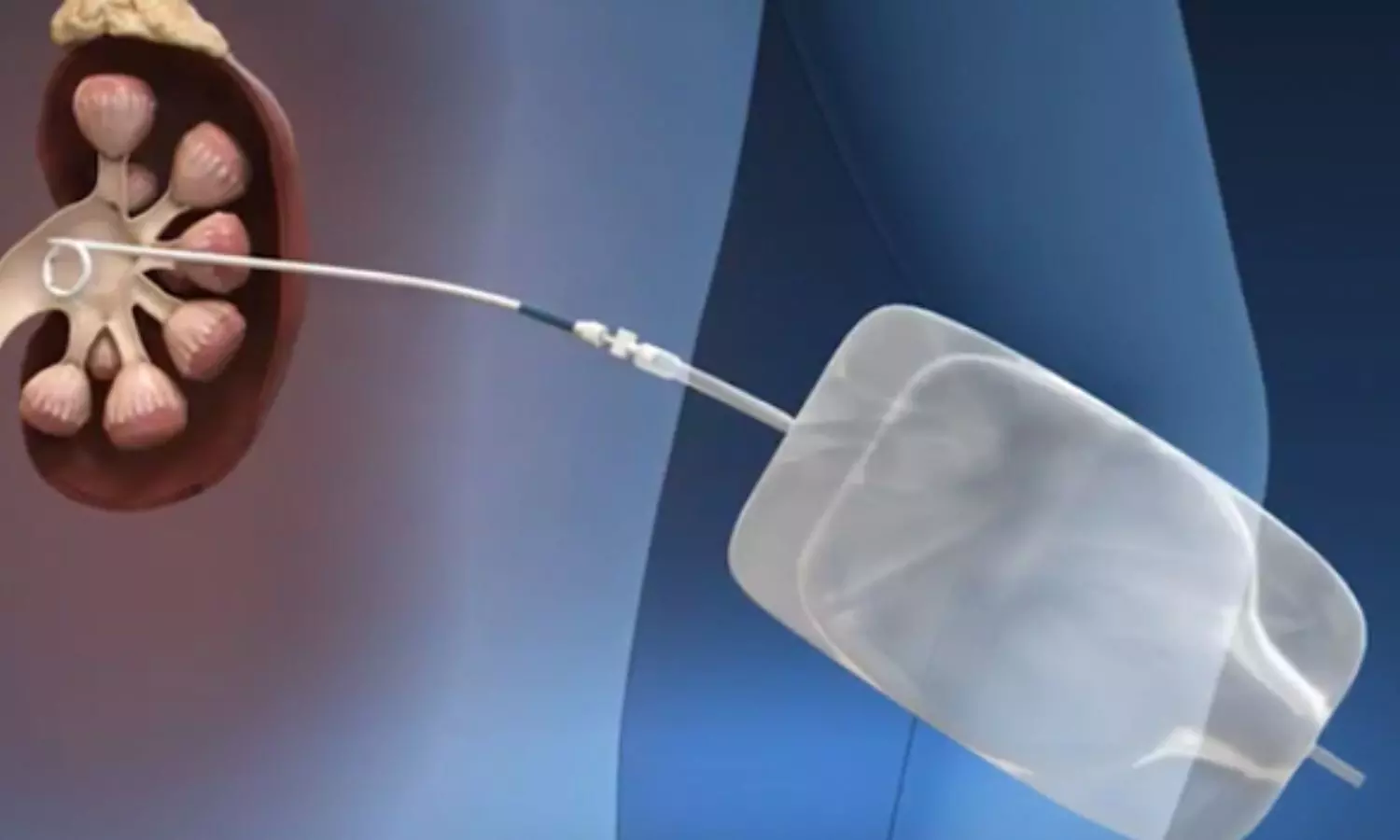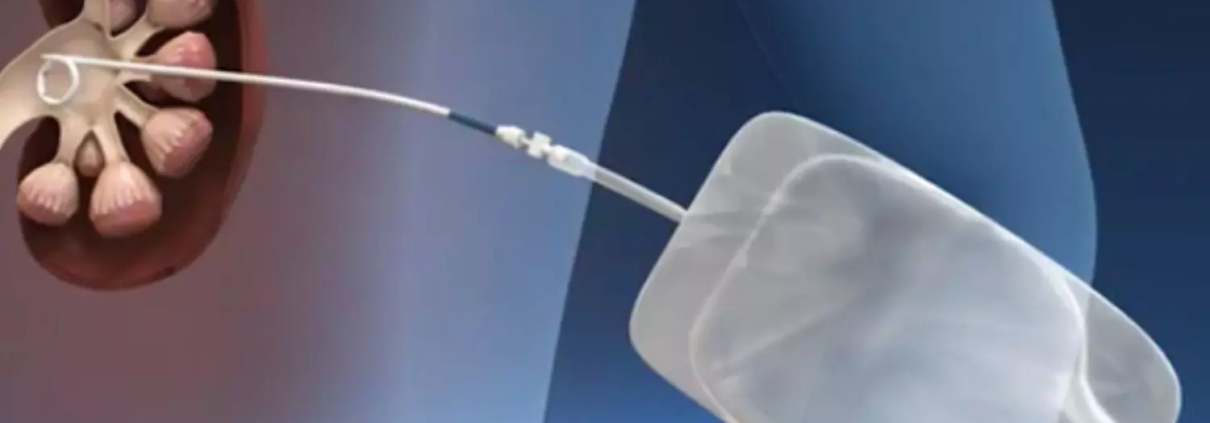Ultrasound-guided paravertebral block vs. erector spinae plane block for postoperative analgesia following percutaneous nephrolithotomy: A randomized Study

Opioid therapy is often required after percutaneous nephrolithotomy (PCNL) due to the usual postoperative pain and discomfort. For PCNL surgery, postoperative analgesia is achieved by using both general anaesthesia (GA) and regional anaesthesia procedures such as paravertebral block (PVB), intercostal nerve block, erector spinae plane block (ESPB), and epidural block. A recent research comparing the length of analgesia after ultrasonography-guided (USG) PVB and ESPB in patients having PCNL surgery was published.
In this research, sixty PCNL patients were randomly assigned to one of two groups after general anaesthesia: Group P (n = 30, which underwent ultrasound-guided [USG] PVB) or Group E (n = 30, which received USG ESPB). Blocks were applied using 20 ml of 0.25% bupivacaine at the T10 level on the surgical site. When the procedure was finished, the trachea was extubated. The length of analgesia was the main result; postoperative pain levels, analgesic use, ease of block performance, block time, and complications between the two groups were the secondary outcomes. Categorical data were evaluated using Pearson’s Chi-square test, while continuous variables were compared using an independent sample t-test.
The demographic characteristics of the two groups were similar. For Group P, the mean (standard deviation [SD]) time of initial rescue analgesia was 16.6 (20.4) (95% confidence interval [CI]: 9.02–20.32) h, while for Group E, it was 16.3 (21.8) (95% CI: 8.17–24.51) h (P = 0.95). The number of analgesic doses administered and the postoperative pain assessments were similar across the groups (P > 0.05). Comparing the duration of PVB with ESPB, the former required significantly more time (P = 0.01).
The results of the study showed that although PVB and ESPB were both equally effective for providing postoperative analgesia to patients after PCNL surgery, ESPB was much faster and simpler to administer. According to a number of writers, practitioners see PVB as a difficult procedure that has a high learning curve and a chance of complications like pneumothorax. According to a national study conducted in France among anesthesiologists, the primary obstacles to the widespread use of PVB are technical in nature, such as complexity, danger, and time commitment. The author came to the realisation that although accessing the PVB space is technically very difficult, USG identifying of the space is easy. Prior research has shown that mastering PVB has a steeper learning curve than mastering ESPB. The authors conclude that whereas ESPB is much faster and simpler to do than USG PVB, both techniques are similarly effective and may be used as postoperative analgesia for PCNL surgery.
Reference –
Khot, Prajna Pandit; Desai, Sameer N.; Bale, Sushmitha P.; Aradhya, Bhuvanesh N.1. Comparison of ultrasound-guided paravertebral block versus erector spinae plane block for postoperative analgesia after percutaneous nephrolithotomy – A randomised, double-blind, controlled study. Indian Journal of Anaesthesia 67(12):p 1110-1115, December 2023. | DOI: 10.4103/ija.ija_355_23



